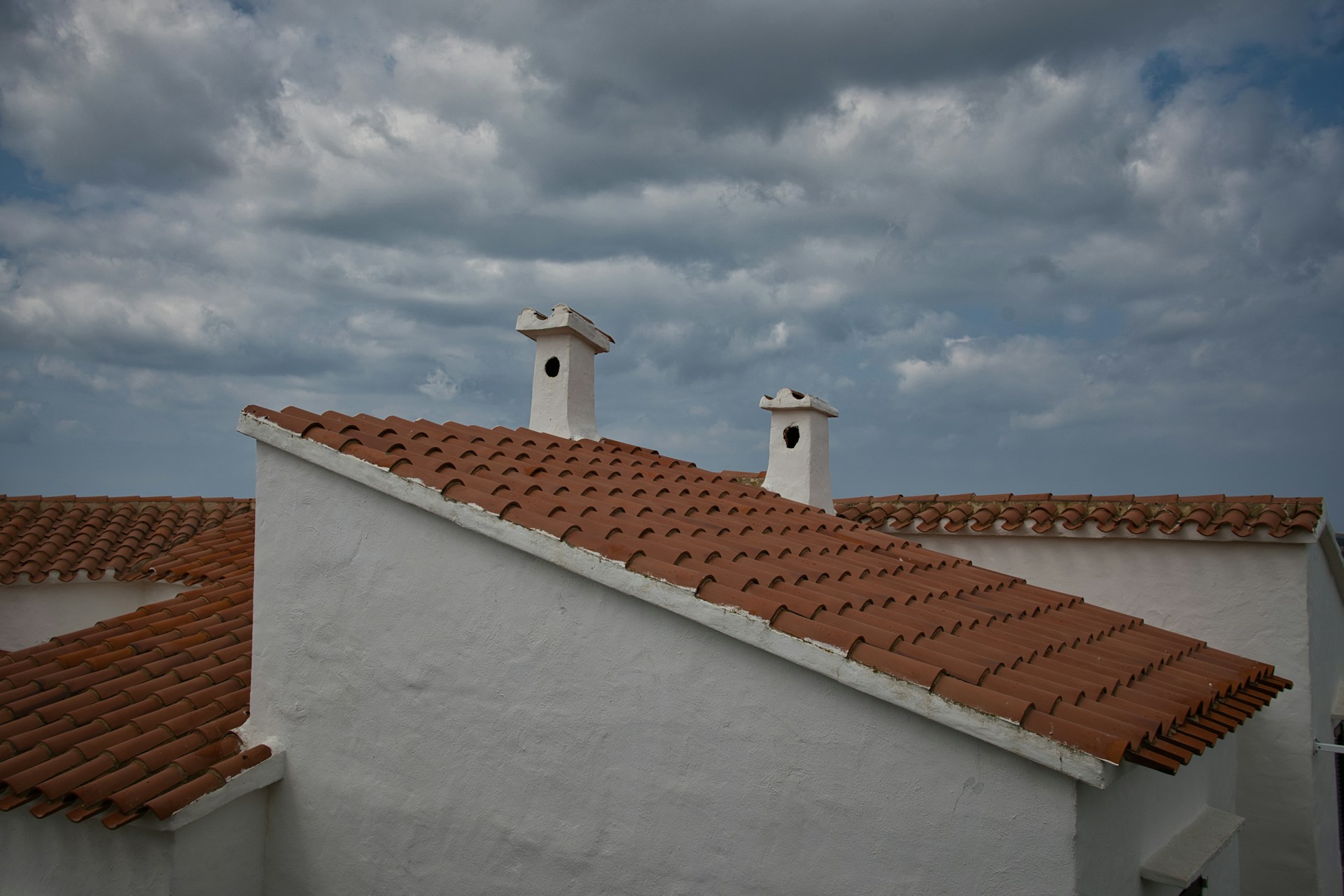Severe weather can strike unexpectedly, causing damage to homes and roofs. Preparing your roof for these events is crucial to keeping your home safe. By taking a few proactive steps, you can minimize potential damage and repair costs.
Assessing and maintaining your roof before a storm hits can save you from major headaches later. Simple tasks like checking for loose shingles or cleaning the gutters can make a big difference. It’s all about ensuring your roof is in top shape to handle whatever Mother Nature throws its way.
Not only does taking these precautions protect your home and belongings, but it also gives you peace of mind. Knowing that your roof is ready to weather the storm helps reduce stress and keeps you focused on staying safe.
Assessing Roof Condition Before Severe Weather
Before severe weather rolls in, it’s essential to check your roof’s condition to ensure it can withstand harsh conditions. Begin by examining the shingles. Identifying and addressing loose or damaged shingles is critical since they can lead to leaks and further damage during a storm. Conduct a visual inspection from the ground with binoculars or use a ladder for a closer look, ensuring your safety or consider hiring a professional if needed.
Next, inspect the roof flashing and seals. Flashing protects the points where your roof meets walls, chimneys, or vents. Improperly sealed or damaged flashing allows water seepage, leading to leaks inside the home. Check for rust, cracks, or any lifting of the flashing. Seals, particularly around skylights or vents, should be intact and free of gaps. If issues are found, repair them promptly to avoid compounded damage.
- Loose or Damaged Shingles: Look for missing, curling, or cracked shingles.
- Inspecting Flashing and Seals: Examine for rust, gaps, or loose materials around joints.
Taking these steps will help you identify vulnerabilities in your roof and make necessary repairs before the weather takes a turn for the worse.
Reinforcing Roof Structure
Reinforcing your roof’s structure is vital to enhance its durability against severe weather. Start by checking the roof supports. These structures hold up your roof and take the brunt of heavy winds, rain, and snow. If you suspect weakness, especially in older roofs, consider reinforcing them with additional support beams or brackets. Professional assistance might be required for a thorough evaluation and reinforcement.
Securing roof fixtures and accessories is another crucial element. Items like satellite dishes, antennas, and solar panels can become loose or act as wind catchers during a storm, potentially leading to roof damage. Ensure these attachments are properly secured and in good condition. Pay special attention to any brackets, screws, or mounts that might have loosened over time. If needed, replace or tighten them to ensure they remain firmly anchored.
- Strengthening Roof Supports: Evaluate the roof for additional bracing or repairs.
- Securing Roof Fixtures: Tighten or reinforce mounts and brackets for all fixtures.
By reinforcing these structural aspects, you enhance your roof’s ability to withstand severe weather conditions, protecting your home from unforeseen damages.
Maintaining Roof Drainage Systems
Ensuring your roof has a well-maintained drainage system is crucial during severe weather. Blocked gutters and downspouts can lead to water pooling on the roof, increasing the risk of leaks and structural damage. Start by clearing any leaves, twigs, or debris from the gutters. This simple task can prevent blockages and allow rainwater to flow freely off your roof.
Once the debris is removed, ensure proper water flow by checking that the downspouts direct water away from your home’s foundation. This prevents excess water from seeping into the soil and affecting your home’s stability. You can extend downspouts if needed to direct water further away. Look for signs of sagging or damage in the gutters and repair or replace sections as necessary.
- Cleaning Gutters and Downspouts: Remove debris and clear blockages regularly.
- Ensuring Proper Water Flow: Check alignment and secure downspouts to direct water flow efficiently.
Keeping your drainage system clear and functional helps manage rainwater effectively and reduces the risk of damage during severe weather conditions.
Pre-Storm Safety Precautions
To further protect your home during severe weather, take pre-storm safety precautions that prevent damage from external factors. Begin by trimming overhanging branches that could fall onto your roof during high winds or heavy rain. These branches not only pose a risk of physical damage but also encourage pests and mold if they come into contact with the roof.
Additionally, secure outdoor items and equipment. Strong winds can turn loose objects into projectiles that damage your roof or windows. Tie down larger items like patio furniture or grills, and store smaller items such as garden tools or decorations indoors.
- Trimming Overhanging Branches: Cut back branches to protect against physical damage.
- Securing Outdoor Items: Anchor large objects and store smaller ones safely.
Taking these proactive steps helps safeguard your home from additional threats that accompany severe weather, keeping your property and family safe.
Conclusion
Protecting your home from severe weather begins with preparing your roof and surroundings. By assessing its condition, reinforcing its structure, and maintaining drainage systems, you set a solid foundation for safety. Implementing practical pre-storm precautions adds another layer of defense, reducing potential risks and preventing damage.
Approaching your roof’s care with a proactive mindset ensures that you’re ready for whatever Mother Nature may bring. These steps are not just about minimizing damage; they also enhance your peace of mind. A well-prepared roof stands strong against storms, keeping your home secure and your family comfortable.
For expert help in ensuring your roof is weather-ready, reach out to James Kate Roofing & Sola. Our knowledgeable team can assist with inspections, repairs, and maintenance to keep your roof in top condition, no matter the forecast. Contact our local roofers today to learn more and schedule a consultation.

